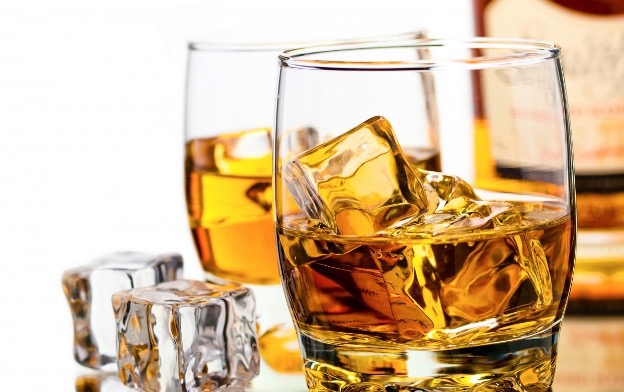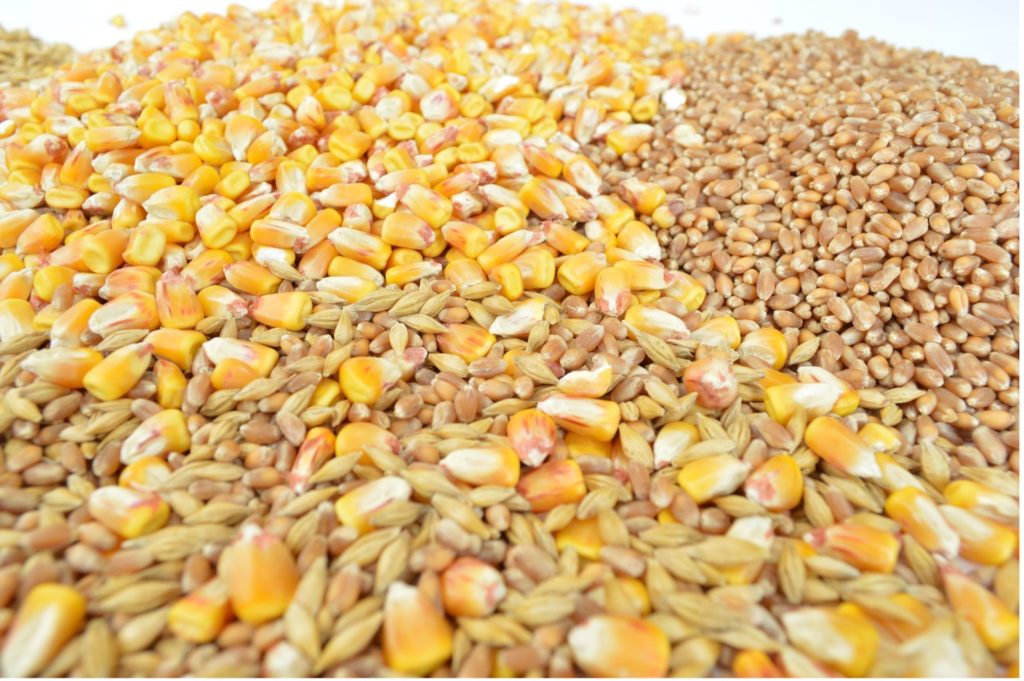-Ryan Blankenship-

Whisky has been around for many centuries. In fact the “Guild of Barber Surgeons” were some of the first monks to make whisky in Scotland back in the early 1400s. It was originally made for medicinal purposes and to help cure smallpox and colic. James IV of Scotland enjoyed whisky so much that he purchased over 500 bottles from the Barber Surgeons. Now at this time whisky was still so new that they didn’t even age it in barrels, so the spirit was extremely harsh to drink. Wooden barrels actually help pull out a lot of tannins that occur during the distillation process and help make the drink more palatable. Wooden barrels are also responsible for creating the brown color of whisky.
Moving into the 18th century, whisky was becoming more popular in Scotland and Ireland. In 1725, parliament set out a malt tax and drove the prices so high that most distilleries either shut down or were forced into the black market. The Scottish were the first to run their stills at night to hide the view of the smoke coming from them which is where the term moonshine first came from.
George Washington actually made his whisky in Mount Vernon and it was used as currency during the American Revolution. Whisky was actually the first domestic product to be taxed in the United States by the newly formed federal government. This tax created an uproar and led to a violent protest called the Whiskey Rebellion in 1791.
Whisky is a distilled spirit that is made from fermented grain which can be a mixture of corn, barley, wheat, and rye. Now depending on what country your whisky comes from, there are different regulations on how that whisky must be made. I’m only going to focus on American whisky in this blog due to the fact that we have so many different styles and I do like a good bourbon. The regulations to be considered a bourbon are these: to be called a Bourbon Whisky the spirit must be made in the United States, contain at least 51% corn, and be aged in new charred oak barrels. Corn Whisky must be made of at least 80% corn and doesn’t have to be aged. Rye and Wheat whisky must be made up of at least 51% of their corresponding grains. All forms of whisky can only be distilled at no more than 80% ABV and barreled at no more than 125 proof. Only water can be added to drop the ABV to the desired proof.
One thing you don’t really read about when making that perfect mash is water. Water quality absolutely will make or break a good spirit. Using tap water always contains some sort of chloride whether it is chloramines or chlorine. Chloride is a disinfectant and can kill off some of your yeast counts and can create a slower sluggish fermentation. Tap water also contains different minerals and salts that can give your spirit an off-taste. I like to use Spring water in my mashes, and it seems to give me an overall better tasting whisky.

I like to make my whisky mash similar to the way I brew my beer. I like my mash to be made of 55% corn and 45% barley. In my opinion the barley makes a smoother spirit versus using rye or wheat. After I mill my grains, I bring them up to 158F and let them sit for an hour. At this temperature we are converting the starches and carbohydrates into fermentable sugars. After the hour rest, I pour my grains into a vessel that has a false bottom so I can separate the wort from the grains. I like to pour hot water on top of the grains to rinse the remaining sugars out into my bucket. Once this has cooled below 80F I pitch my yeast. I like to use distiller’s yeast because it gives me more of a neutral flavor versus some of the esters beer or wine yeast gives off. After a few weeks of fermentation it’s time for the distillation process!

Leave a Reply